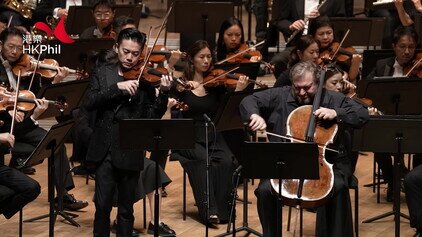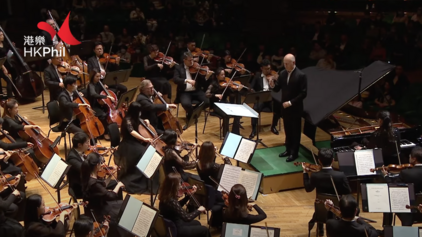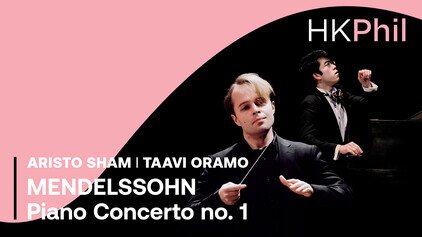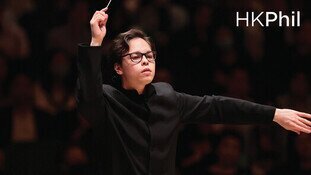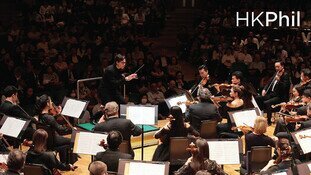MOZART | Piano Concerto no. 22
Up Next
PROGRAMME
WOLFGANG AMADEUS MOZART (1756–1791)
Piano Concerto no. 22 in E flat, K. 482
- Allegro
- Andante
- Allegro – Andantino cantabile – Allegro
THE COMPOSER
Stunningly gifted though he was, the young Mozart had to endure servitude to an employer – the Archbishop of Salzburg – who regarded his brilliant court composer as more a nuisance than a jewel in his crown. Then, in 1781, in defiance of his father, Mozart engineered a showdown with the Archbishop, which resulted in his abrupt dismissal. It turned out to be a liberation. Newly established in Vienna, Mozart experienced stellar success, both as composer and performer for nearly a decade. It was then that he wrote his greatest operas, and an astonishing sequence of wonderful piano concertos, which he premiered to great acclaim. For the moment at least, the future looked bright.
THE BACKGROUND
The Piano Concerto in E flat, K. 482, was the twelfth concerto Mozart composed after his escape from the Archbishop’s service. In the agility and theatricality of the piano writing, but even more in its expressive eloquence, it shows how eagerly Mozart responded to the developments in piano manufacturing at this time. Not only was the piano becoming more powerful, its ability to sustain notes was improving all the time, allowing an outstanding pianist like Mozart to create a “singing” tone in slower melodies. K. 482 has never been quite as popular as its near neighbours, though it’s hard to see why, as it contains some wonderful music, especially the central slow movement. As Mozart’s father Leopold noted with pride, the audience demanded that this Andante be played again at the concerto’s first performance – “a somewhat unusual occurrence,” he wrote to Mozart’s sister Maria (“Nannerl”). It was relatively common for brilliant showcase finales to be encored, but seldom more soulful slow movements, which just shows how deep an impression it made.
THE MUSIC
The Twenty-second Concerto is one of the longest concertos Mozart ever wrote – unsurprisingly perhaps, as it is dense in incident. It’s also the first of Mozart’s concertos to feature clarinets, which were still a relative newcomer on the orchestral scene in 1785, when Mozart wrote this concerto. You can hear how much he relished being able to use these highly versatile instruments, particularly in the slower section at the heart of the finale. The first movement begins with dramatic contrast: a massive, arresting theme for full orchestra is immediately contrasted with quieter, more playful music foregrounding the wind instruments. Contrast, sometimes grandly theatrical, sometimes humorous, intensifies when the piano enters: in Mozart piano concertos the relationship between soloist and orchestra takes on an almost operatic liveliness.
Mozart reserved darker minor keys for some of his most special utterances, and the Andante of this concerto is a prime example. The grave eloquence of the opening theme (muted strings) is subjected to a series of wonderfully inventive variations, some intensifying its melancholic seriousness, but allowing for moments of grace too, as in the variation that stars solo flute and bassoon. The finale is mostly light and joyous, but its heart comes an aria-like slower section, echoing some of the more tender moments in the opera The Marriage of Figaro, which Mozart was also working on at this time. The ending shows Mozart’s playful spirit at its best – don’t be surprised if the ending doesn’t quite come where you think it should!
Programme notes by Stephen Johnson
Artist
SUPPORT THE HK PHIL'S ONLINE PROGRAMMES
The Ambassador Fund allows the orchestra to produce various online programmes, keeping our connection with the communities. The HK Phil has released over 80 online programmes and garnered over 1.5 million views since the pandemic. Your donation supports production costs incurred and helps us share music!
Concertos
Other videos in this series






_William%20Oh_1655882240.jpg)
